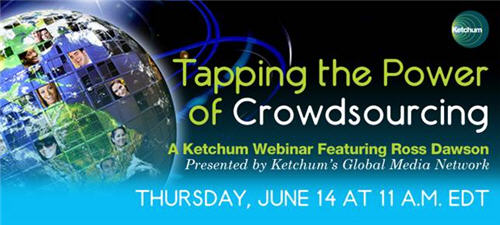6 mechanisms that will help create the global brain
One of the many reasons humanity is at an inflection point is that the age-old dream of the “global brain” is finally becoming a reality.
I explored the idea in my book Living Networks, and at more length in my piece Autopoiesis and how hyper-connectivity is literally bringing the networks to life.
Today, my work on crowdsourcing is largely focused on the emerging mechanisms that allow us to create better results from mass participation.
Some of the best work being done in the space is at the MIT Center for Collective Intelligence. A few of their researchers (including founder Thomas Malone) have just written a short paper Programming the Global Brain.
Read more →

